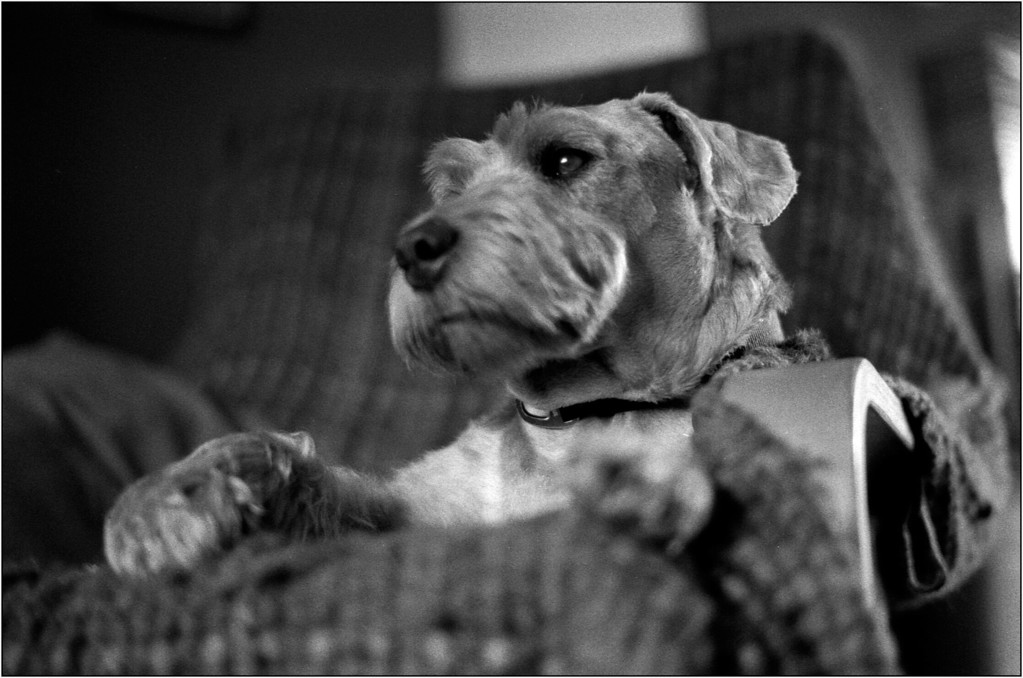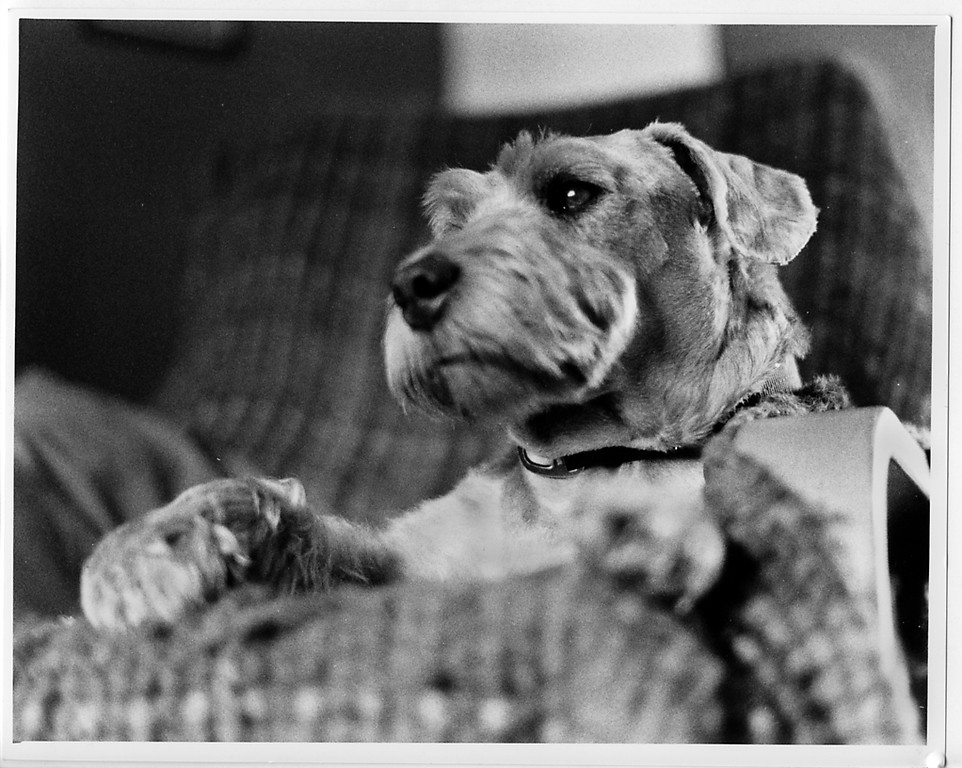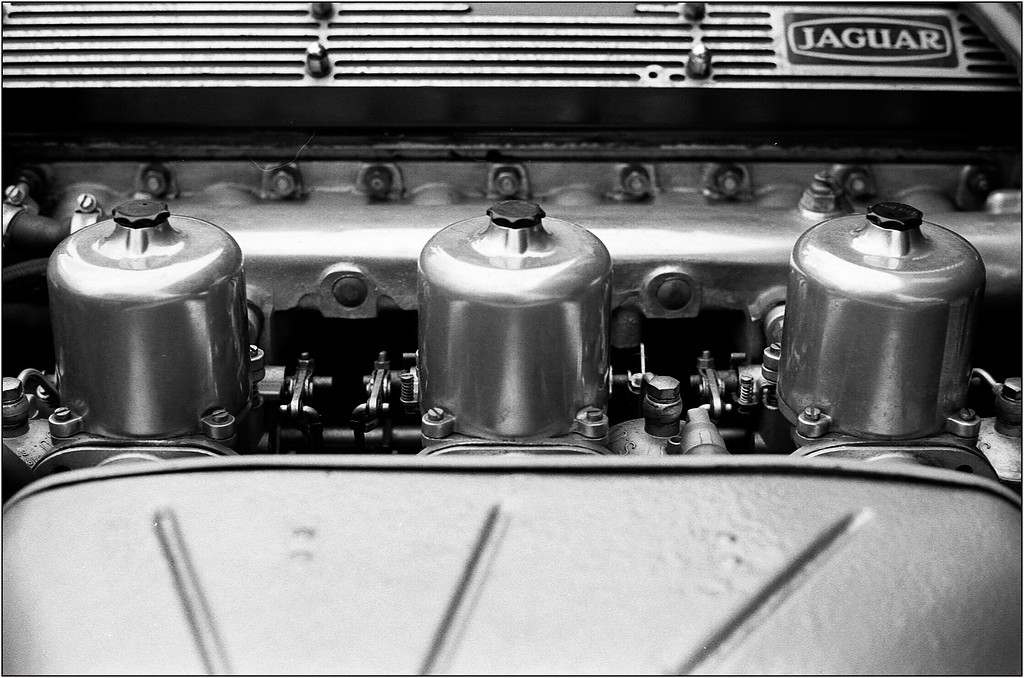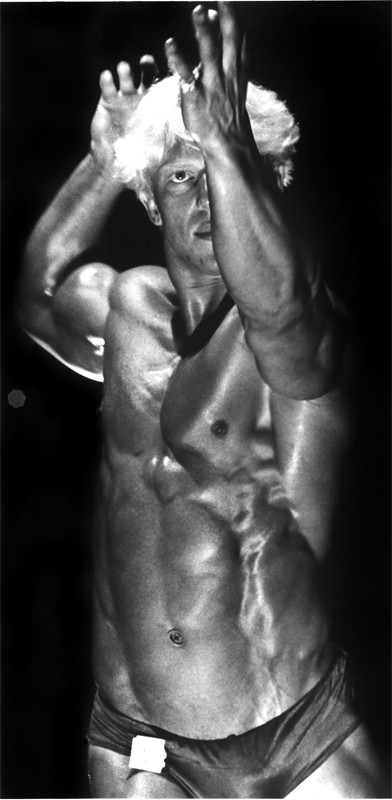Why I think Rodinal is Not A Good General-Use Developer:
Yes, Rodinal has exaggerated coarse, large, visible grain structure, but it is a grain that shows high acutance; the grain it gives is large,sharp-edged, and crisp. It once made sense to use Rodinal, on 4x5 or medium-format negatives shot with cheap to average-performing lenses,when the negatives would be printed using old, 1940's and 1950's era diffusion enlargers, on grade 2 papper. Rodinal had a reason for its existence...its high-acutance grain looks decent on BIG negatives, printed with low-contrast, scratch-hiding diffusion enlargers, which were popular 70 years ago, and into the 1970's.
Rodinal had its day in a bygone era, using wet printing on low-contrast enlarging paper, often on diffusion enlargers, with rollfilm, and crappy lenses. Today...most film is scanned, or printed on inkjet, or ultra-high resolution capable $80,000 Noritsu machines. What today's worker wants is a "cleaner", sharper negative, which will be output using 21st century machinery. When the basis of reproduction is a big rollfilm negative, printed on #2 low-contrast paper, using a diffusion enlarger, the high-acutance grain Rodinal is known for helps create the illusion of "sharpness". At one time, that made sense, for bigger negatives like 4x5, 2x3 sheet film, and 120 and 620 rollfilm.
There are MANY developers that give finer grain than Rodinal. Rodinal is sort of the current hipster developer flavor of this decade. While it does have its uses--like say, the smooth metal, low-detail shot gsgary posts above of an engine, which has basically zero fine, high-frequency detail to ruin with grain, it's a poor general-purpose or all-around developer for many subjects. But yeah, as gsgary wrote,"steer clear of Rodinal for sure" as a general-use developer, ESPECIALLY if you want to use 35mm format or slow-speed, fine-grained films.
For landscapes, portraiture, scientific, documentary, beauty work, all that, get a fine-grained developer that will not brand all your images with coarse, high-acutance grain that overwhelms the image on the negative, unless of course you actually WANT the grain to be the star of the shot, so it screams, "look-it's film, and I souped it in Rodinal--see the emphasized, high-grit grain?" When I was 24 I shot a year's worth of images and souped them in Rodinal, and man, I am so,so,so sorry I did. I regret terribly not having souped all that film in HC-110 dilution B, or D-76.
















![[No title]](/data/xfmg/thumbnail/36/36397-b2aca1c8ba1009853020154d6dd4b0e5.jpg?1734168782)

